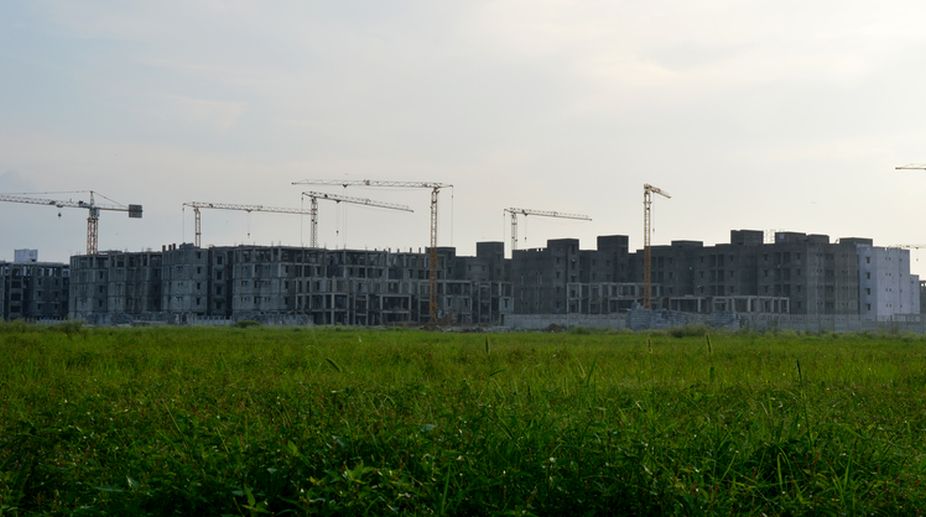This article is aimed at bringing to the fore the obstacles that the new Real Estate (Regulation and Development) Act, 2016 ("RERA") throws up for developers and the impact it could have on the real estate industry which is a key contributor to the country’s gross domestic product and is crucial employment generator.
The article also explores the role of Real Estate Investment Trusts ("REITs") and Infrastructure Investment Trusts ("InvITs") in breathing life into the real estate space. There is little argument that RERA is a landmark piece of legislation designed to protect the consumer, who has for decades been at the receiving end of a great deal of malpractices by the developer.
However, some of the provisions contained in RERA seem to have swung from being benign to developers to the other extreme, by making compliance on their part a tedious and costly affair.
The obstacles
With RERA, the initial cost of compliance has increased to quite an extent, making it difficult for developers to conform to the provisions of the RERA. The three-month time frame provided to conform to RERA is likely to see a slump in the real estate sector. The promoter, as defined under Section 2 (zk) of RERA, is required to procure all statutory clearances before he is permitted to commence with the project construction.
Further the project requires to be registered with the Real Estate Regulatory Authority ("Authority") before it can be advertised, marketed, offered for sale and/or sold. Providing data and information for numerous new requirements, payment of fees for registering the project and incurring other costs in ensuring that all disclosures required for registration of the project are made, may discourage developers from entering new projects.
Thereafter on grant of registration, the promoter is provided with a login identity and password, as per the provisions of Section 5(1) (a) of RERA, using which he must "create his webpage" under section 11(1), on the website of the Authority. On this, he must make further details available in compliance with the provisions set out in Section 11(1) of RERA. These details include updating the progress of the approvals taken and pending, along with the overall progress of the project.
This means that the promoter either must be well versed in information technology and computers to ensure timely updating and creation of the webpage or he should hire a professional to handle that part for him. Under Section 3(2) of RERA, if a project is being developed in phases, each phase will be treated as a new and separate project, and will therefore require separate registration.
This would lead to multiple registration costs. This is a major hurdle as most projects in India are developed in phases. The provisions contained in Section 3(2) of RERA leave the promoters with a Hobson’s choice to either develop the project in one single phase or to churn out registrations repeatedly.
All costs associated with registration of the project and compliance of RERA provisions will ultimately be shifted to the end-user through an increase in prices. RERA also requires developers to build only when they have adequate money in hand for the project.
This means that companies with strong balance sheets and low leverage to external debt and good corporate governance will not crumble under the pressure of compliances, while weaker ones might have to initially struggle as the market adjusts itself to the new laws.
For a successful implementation of RERA and Government’s low-cost housing scheme for all, the regulators require (i) streamlining and ensuring expeditious approval processes at various levels (which are required in advance); (ii) monitor the impact on the overall market; and (iii) adjust if required to ensure market growth is not adversely impacted.
How REITs and InvITs can help
The objective of introducing REITs and InvITs in India was to allow for greater investment opportunities in the real estate sector and infrastructure projects for investors. These instruments are, therefore, intricately linked with the real estate market.
Investing in REITs or InvITs or any real estate stocks should be looked at in the long term of at least 2-3 years as the real estate sector undergoes a transitional period.
REITs and InvITs might resolve a lot of issues for developers during this period in terms of liquidity to commence projects under the new real estate regime. Investing in REITs/InvITs might help the real estate and infrastructure sector to make a quicker recovery by facilitating easy entry and exit prospects for the developers, asset owners and financial investors enabling them to monetize the real estate asset/project.
Given the capitalintensive nature of the real estate sector and the limited options available to real estate developers and owners for raising funds, REITs and InviTs will provide alternative source of financing to developers and enable them to focus on their core competencies of constructing and developing the projects and infrastructure. Investment vehicles that own and operate real estate related assets permit individual investors to join in asset classes that are normally unaffordable for them.
REITs and InvITs will reduce the financing burden on banks and decreasing banks’ exposure to real estate/infrastructure sector thereby making available additional capital for other sectors. With banks being allowed to invest in REITs and InvITs, we are likely to see greater transparency and liquidity for cash-strapped projects. Moreover, REITs are income generating units, deriving an inherent value from their capital-intensive structure.
They tend to provide stable returns, which will attract more investors, in turn helping developers raise funds and deal with RERA regulations with higher comfort and financial flexibility.
(The author is a partner at Shardul Amarchand Mangaldas & Co. The views expressed are personal.)











